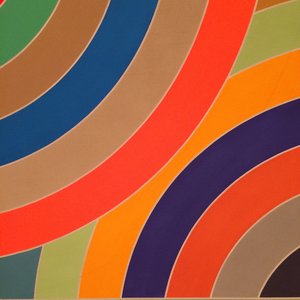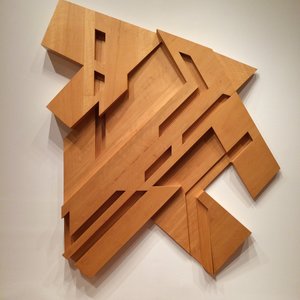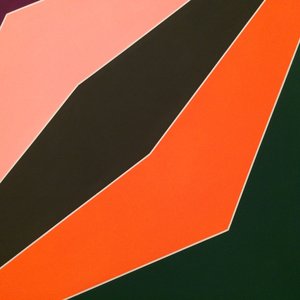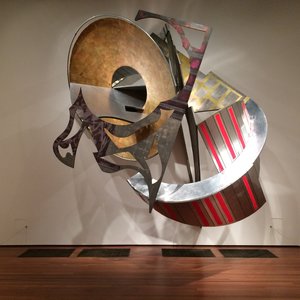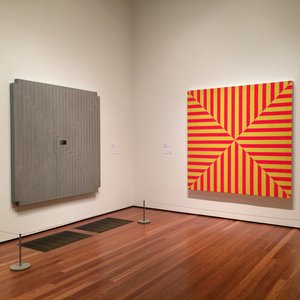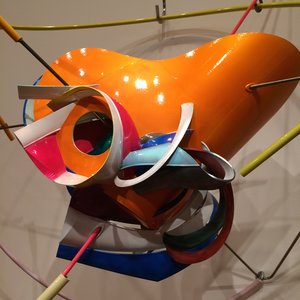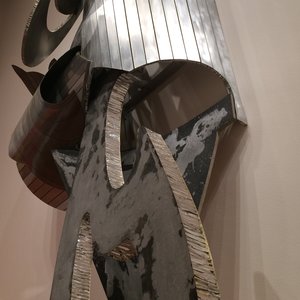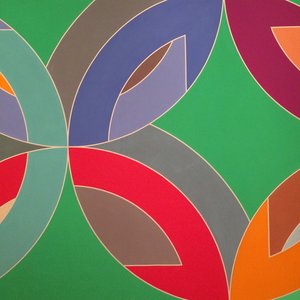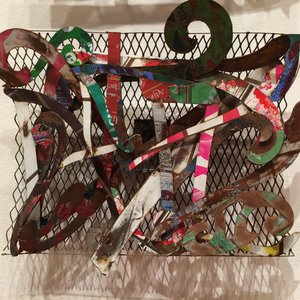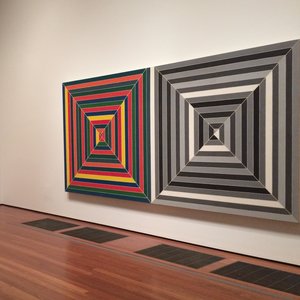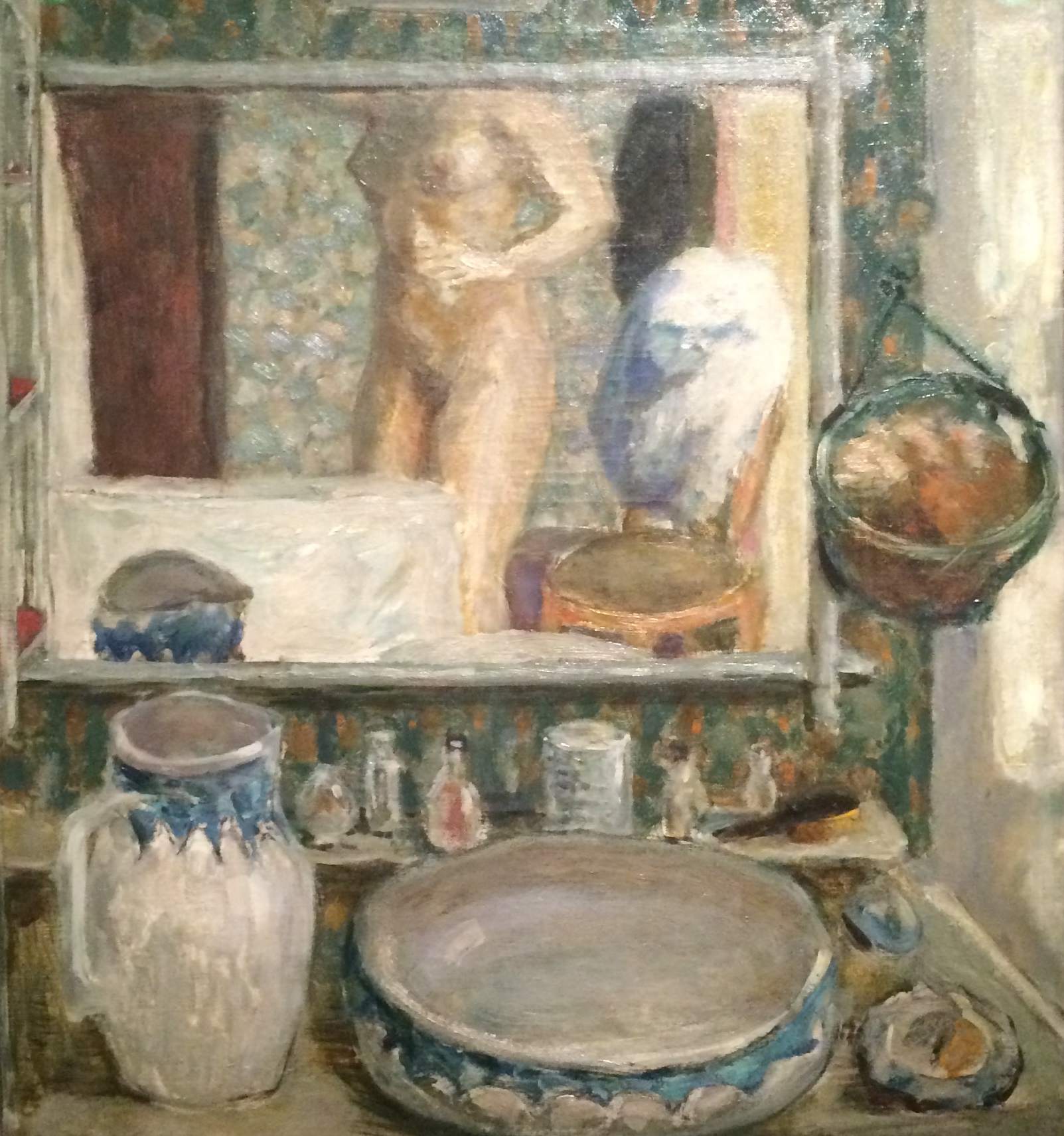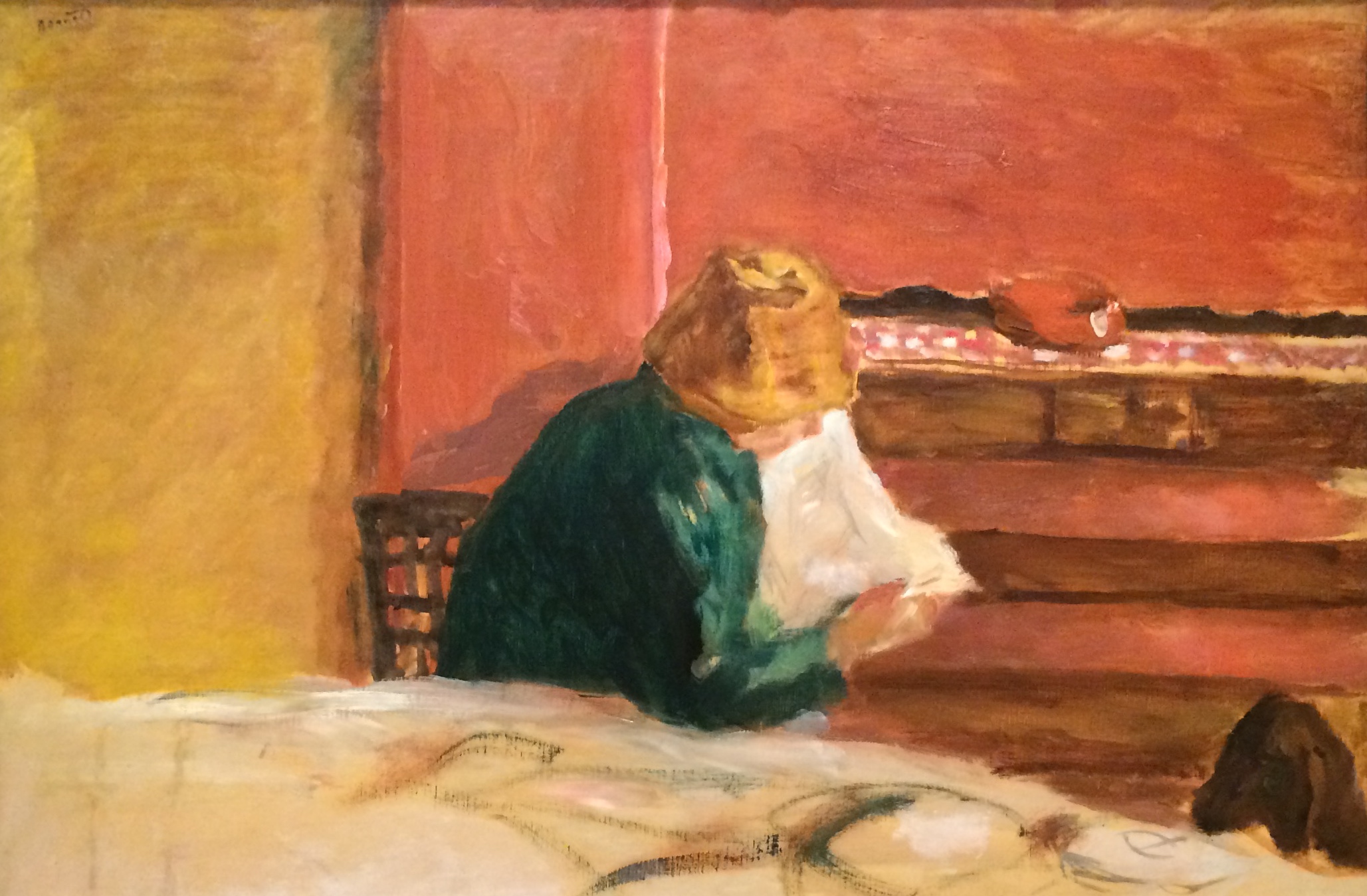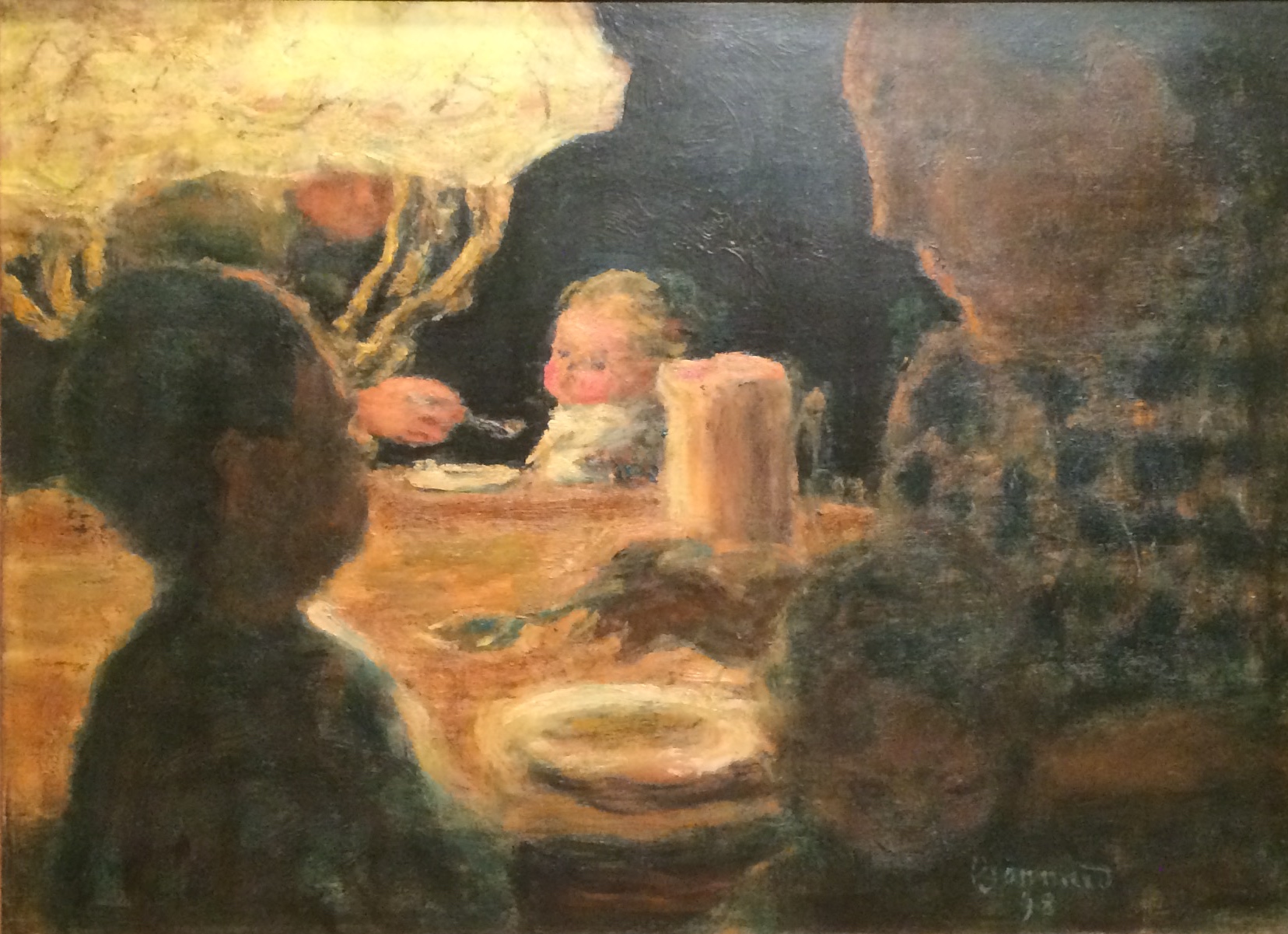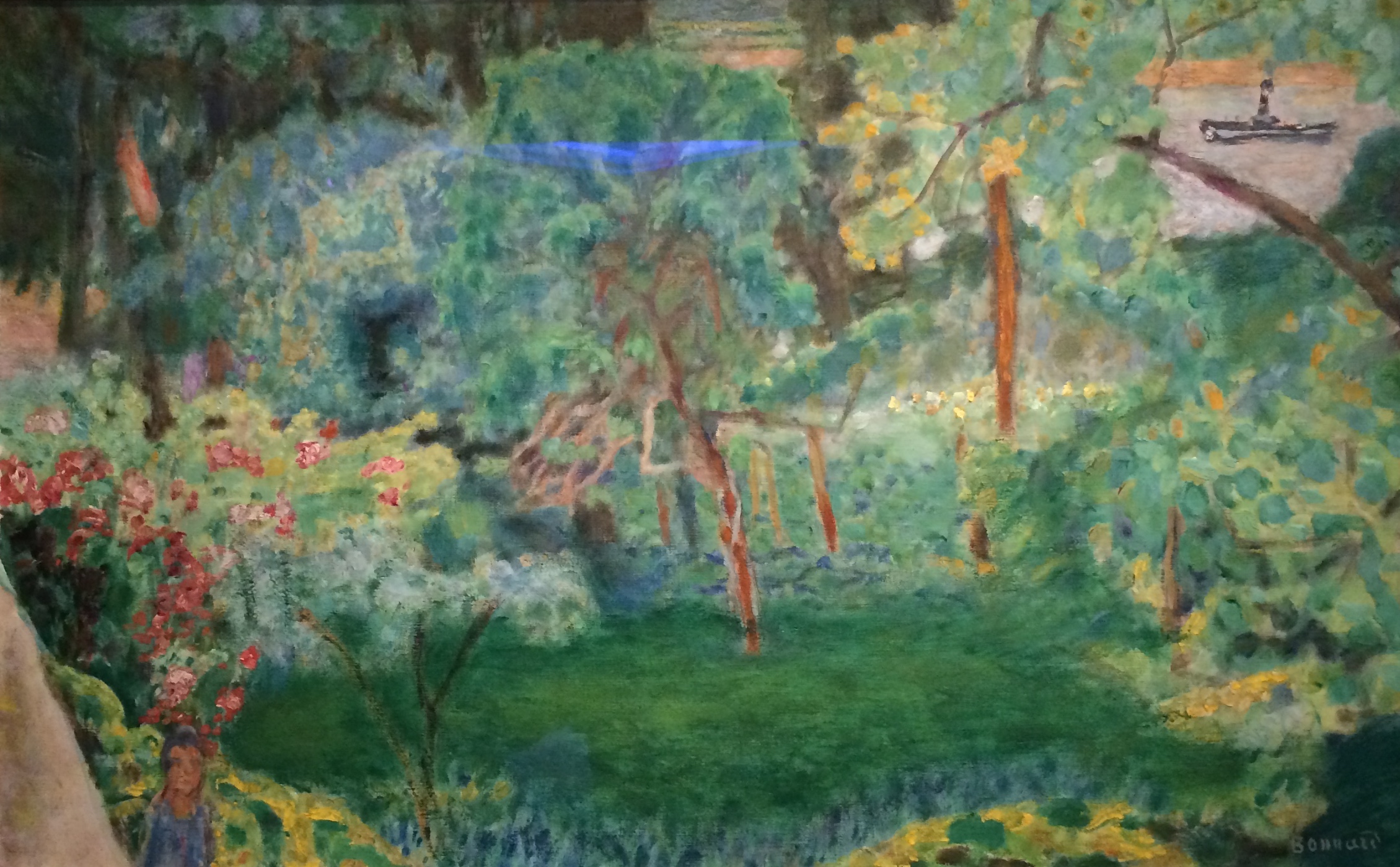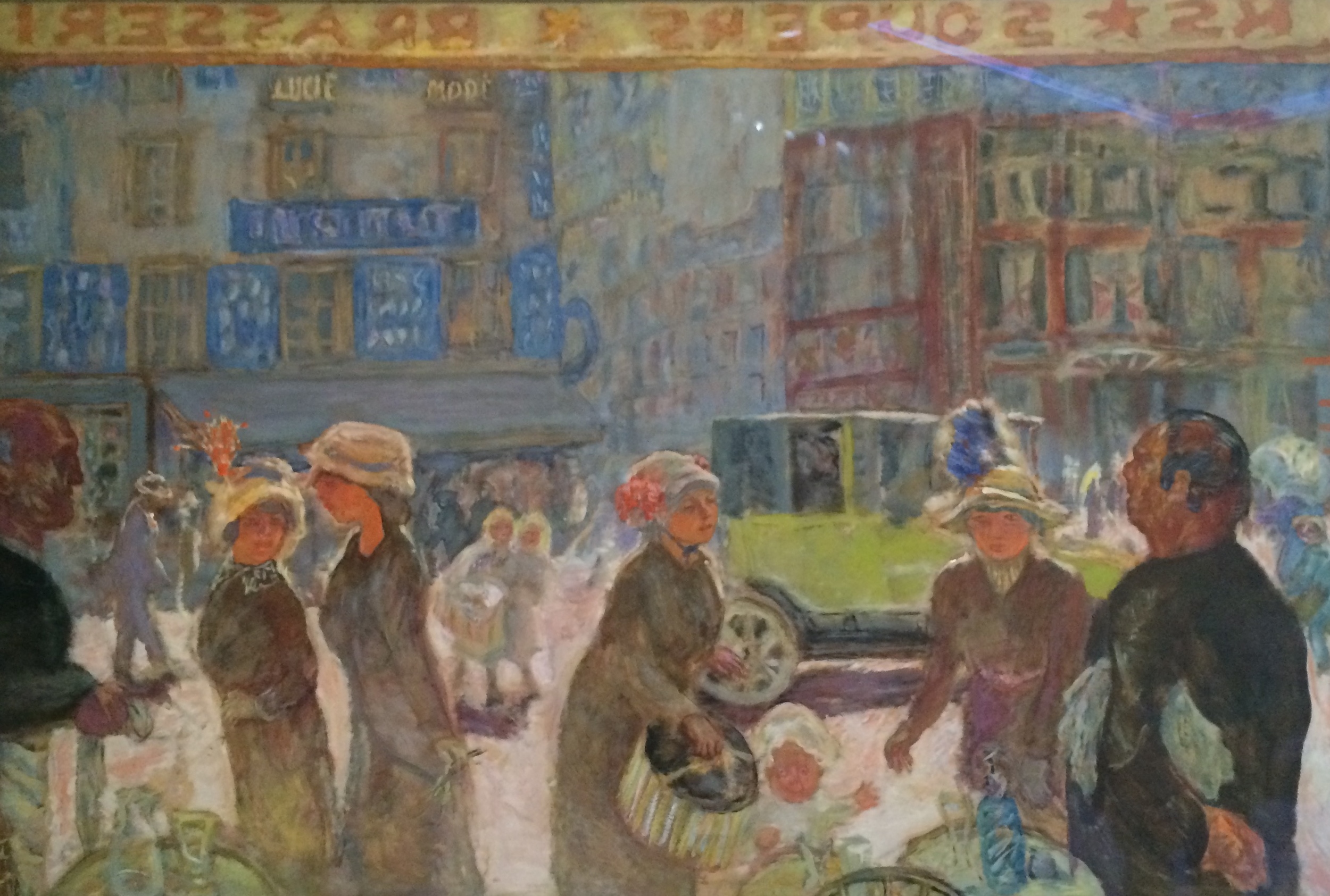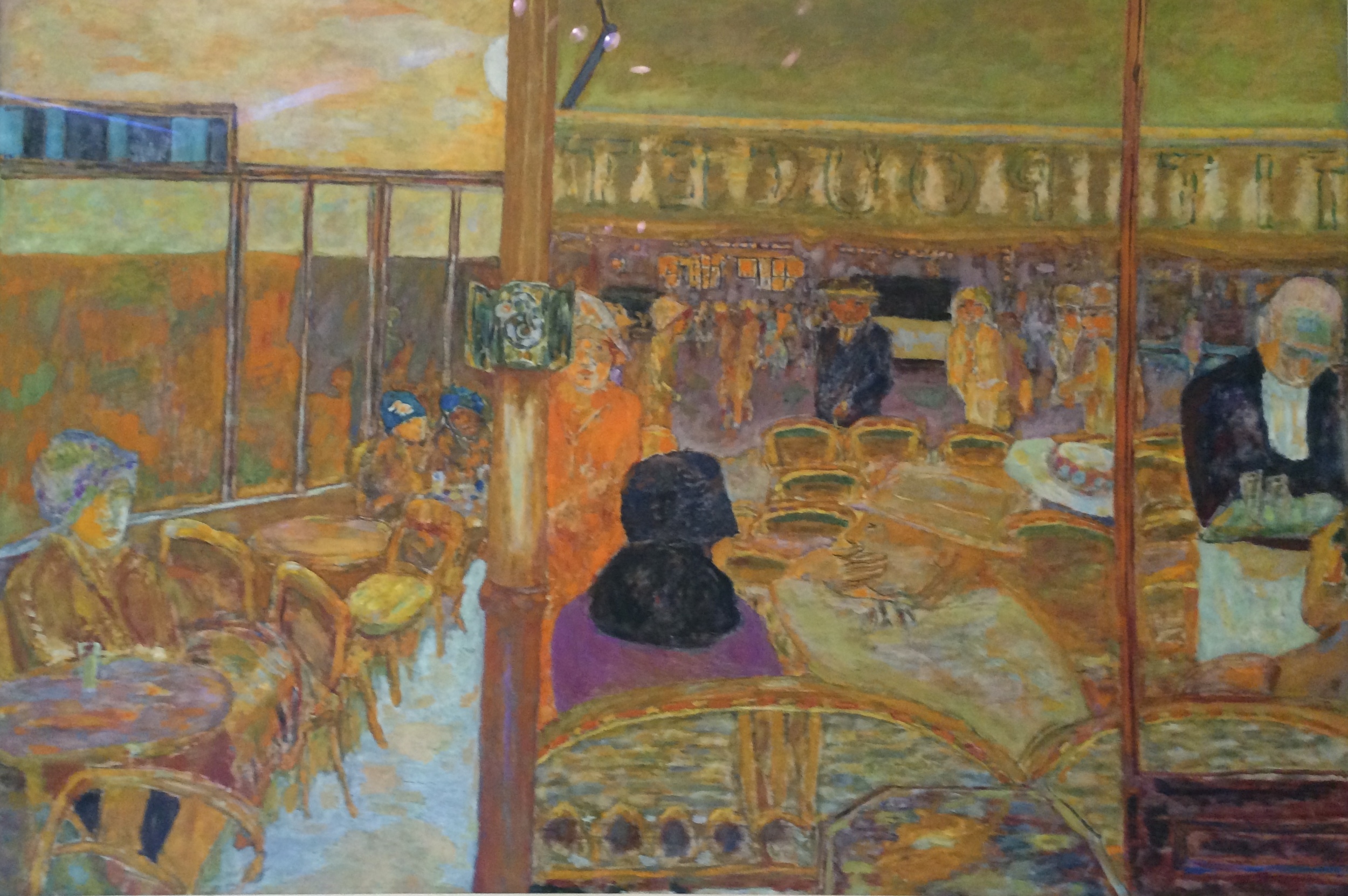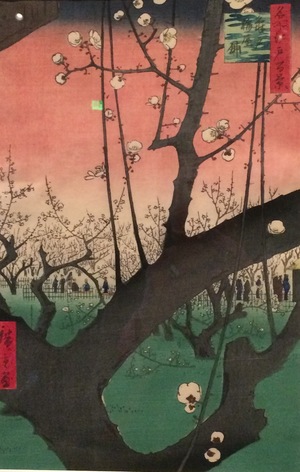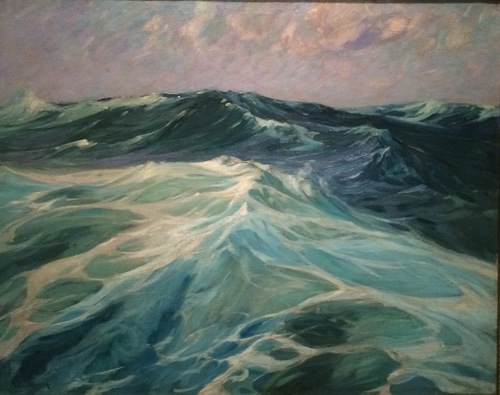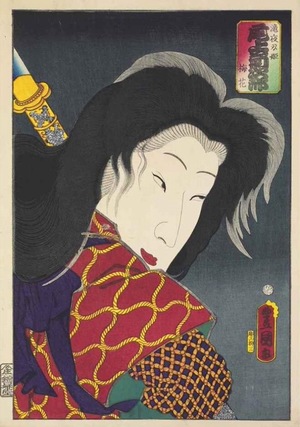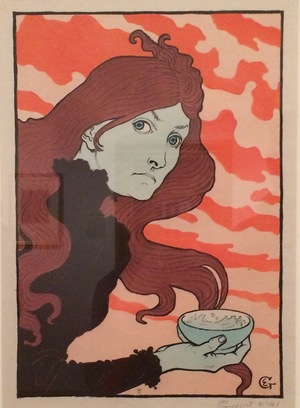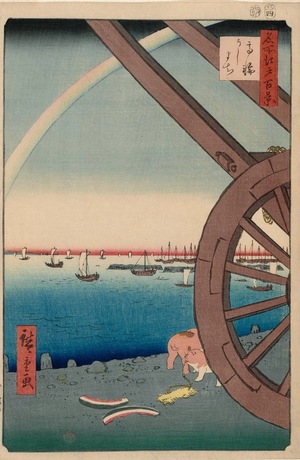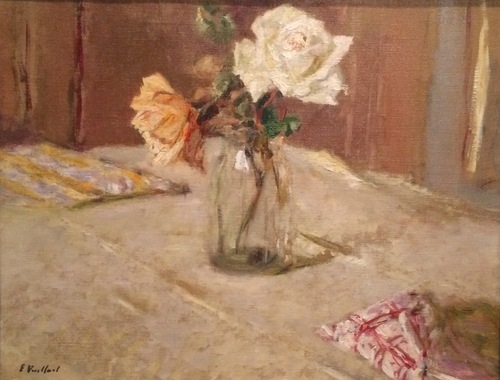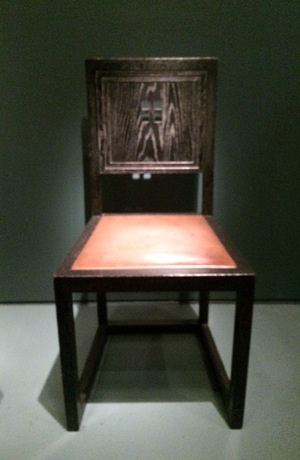Looking East at the Asian Art, Bonnard at the Legion, Oscar de La Renta at the deYoung, Ed Ruscha at the deYoung, and Frank Stella at the de Young.....
FRANK STELLA @ DE YOUNG
November 15, 2016
Frank Stella, born in 1936 Malden MA, was encouraged early to pursue his artistic vocation. He attended Princeton University and moved to New York in 1958. Considered a protagonist of geometric abstraction, he strongly opposed abstract expressionims upon arriving in the Big Apple's art world and has been driven by a desire to push the envelope of abstract painting ever since. I have not come across an artist for quite some time that has been so strongly in dialog with the history of art and the contemporary art community surrounding him. Influenced and inspired by artists as Hans Albers, Jasper Johns, Bernett Newman, Franz Cline but also by Caravaggio, Wassily Kandinsky, El Lissitzky, Sonja Delaunay to name a few, he has been relentlessly searching for new color abstractions. I thoroughly enjoyed the pieces shown at the de Young retrospective. Love the way Stella plays with color perspective while juxtaposing different color strips in a deliberate, yet random pattern. You cannot help but try to find rime and reason. And his 3D paintings - an extension of his panting on canvas - never fail to capture the viewer's fascination with their unique shape, color and texture.
Through February 26, 2017.
To earn more, check out deYoung.
ED RUSCHA @ DE YOUNG
August 20, 2016
Text came out of my interest in books. I started looking at books and the pinning of books, so I learned to set type with a printer: clean presses did the dirty work early on, and it just sort of evolved. I began to look at printed words, and words, and saw them as potential for actress made with paint, I guess.
~ Ed Ruscha, 2016
Went to see Wild Wild West at the Legion and Ed Ruscha at the deYoung today. Loved both exhibits! If you get a chance, see them together.
Check out deYoung and The Legion of Honor.
Wild Wild West: through September 11th, 2016
Ed Ruscha: through October 9th, 2016
RENTA RETRO @ DE YOUNG
March 30, 2016
Sleek by day, lavish at night ~ Oscar de la Renta
Crazy beautiful fabrics, amazing textures, fabulous detailing........
Through May 30th, 2016.
Check out Oscar de la Renta at the deYoung; and also Mannequin Dressing.
BONNARD @ LEGION
March 19, 2016
Moi, j'observe ~ Pierre Bonnard
We will no longer separate the figure from the background of an apartment or street ~ Louis Edmond Duranty
Pierre Bonnard (1867 - 1947), painter, print maker and member of the Nabis, was already recognized as an artist at the age of 25 and produced during his 60 year career some of the most enigmatic works of art. Bonnard has not only been known for his boldness in color and iconography of intimsme but also for his amaizing rending of texture and pattern. Drawing from inspirations such as Gauguin's cloisonnism, Impressionistic landscape, Art Nouveau, James Morris'Arts & Craft Movement, Japonese ukioye woodblock prints, Rococo elegance, 17h century Dutch interiors, medieval tapestry and classical statuary, he developed a style that would stay with him throughout his oeuvre. Cubism and Surrealism for instance did not touch him. His keen skill of observing the quotidian translated over to asymmetric compositions, high angle views, a masterful capturing of shimmering sunlight, cropped framing and an implicit wit. Bonnard did not paint from life or en plain air. Instead he would sketch or photograph his objects and take notes on color. Back in his studio we would pin rolled-up canvases on the walls to work on several paintings simultaneously and thus avoid being cornered into a set size of the stretched canvas.
Bonnard's paintings are extraordinary contemplative masterpieces emitting a snap-shot like quality and a suggestive air. They are seductive invitations to look and explore beyond the first glance. Peripheral motives come gradually into focus and keep lingering on like an afterthought. The off-center composition and bird's eye view add dynamic while heightening the fact that we are secret on-lookers on a scene where gazes are turned inwards or towards a pet, a child or other person. These averted gazes are both fascinating and poetic - telling us a story about intimate moments and attachments. A wonderful compositorial connectedness is relieved in Bonnard's rhythmic use of color - tying together foreground and background, interior and exterior, horizontal and vertical, figure and fabrics. Along with a virtuous brushstroke these artworks never fail to evoke a strong sense of materiality and alluring atmosphere. In a time when artists were steering way from academically rendered illusionism in favor of the picture plane being an autonomous two-dimensional surface, Bonnard's paintings were not only revolutionary but also brilliant works of a groundbreaking color-charged, light-infused and texture-rich technique. Go and explore for yourself!
Through May, 15th 2016.
To learn more, check out Bonnard at the Legion.
LOOKING EAST @ ASIAN ART
January 23, 2016
"It is well to remember that a picture - before being a battle horse, a nude woman, or some anecdote - is essentially a plane surface covered with colors assembled in a certain way." ~ Maurice Denis, 1890
Looking East at the Asian Art Museum, San Francisco, is an alluring exhibit about the influence of Japanese art on the West. Forced out of a 220 year national seclusion by the Convention of Kanagawa in 1854, Japan opened its ports to international trade. With this a flow of Japanese artifacts - especially the ukiyo-e prints - made their way to the West. Regarded as mediocre to Western academic art with its focus on symmetry, one point perspective and naturalistic illusions, these captivating woodblock prints by Hokusai, Hiroshige and Kunisada were enthusiastically embraced by the French avant-garde and avidly collected by Manet, Degas, Bonnard, Toulouse Lautrec and Van Gogh amongst others. Their flatness in space rendering, asymmetric composition, unusual point of view and color schemes represented something never seen before in Europe.
The late 1800s were characterized by great changes brought on by the industrial revolution, advancement in technology, rapid growth of cities and the mixing of private and public life. The counter-culture of Western artists - following Baudelaire's call for the artist being of his own time - sought an alternative to the traditional forms of academic art by experimenting with a new artistic language to match the fast paced lifestyle of the modern swirling times. The pursuit of the autonomy of the art works - to view them on their own terms and not as a window into an illusionistic world - was reflected in a growing urge for simplification towards the abstract, a rejection of naturalistic rendering as well as photographic resemblance and an abandonment local color. These newly discovered Japanese woodblock prints depicting the fleeting moments of daily life in a uniquely dynamic and colorful way proved to be a great inspiration in this quest.
Thru February 6th, 2016.
Learn more, visit Looking East.

